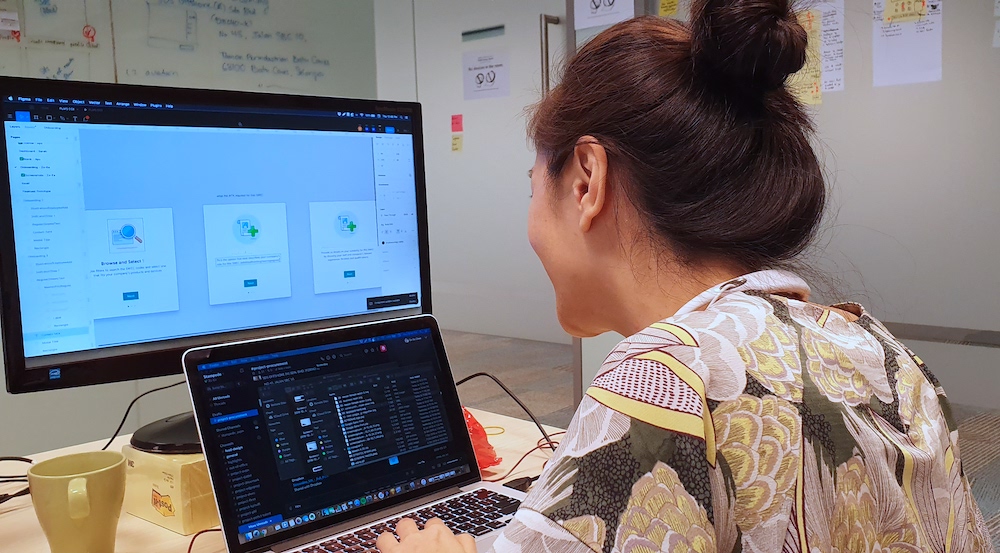DESIGN DELIVERY
Designing better experiences for organisations
Great design leverages on insights and not only enhances user satisfaction—it improves internal efficiency, streamlines workflows, and aligns teams. Our design delivery enables scalable, future-proof solutions that achieve better outcomes, positioning your business for long-term success.
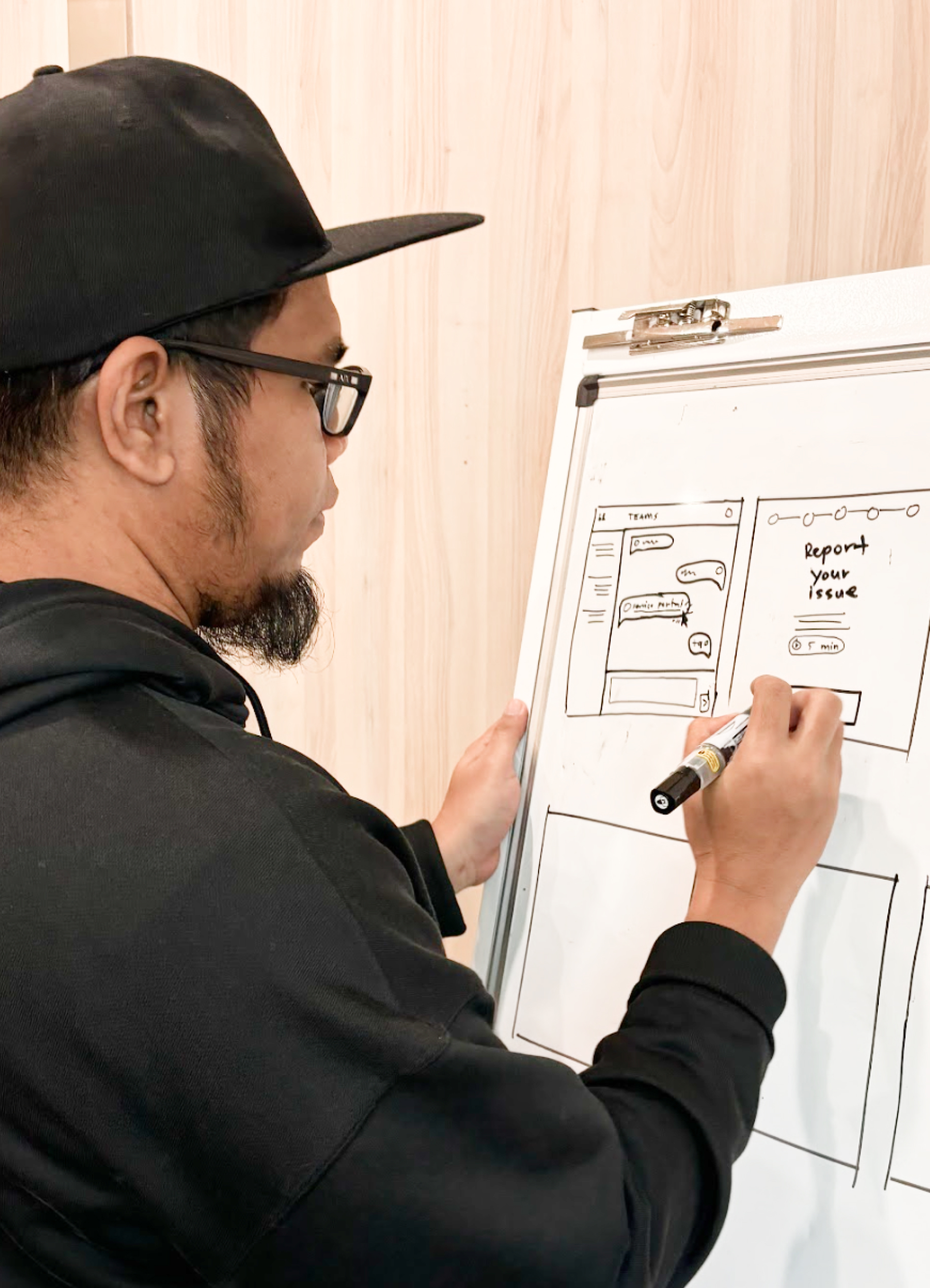
OUTCOMES
Delivering products that have long-term impacts
Thoughtful design is essential for creating successful product experiences. At Stampede, our delivery enhances user engagement and fosters long-term loyalty. This strategic approach ensures products meet user needs while driving business success and building stronger audience connections.
Long-term customer loyalty and satisfaction
Our solution ensures a frictionless experience for users as they engage more easily with the product, which drives increased satisfaction, loyalty, and long-term retention for both customers and employees.
Sustained business growth and reduced future costs
Our solutions utilise user insights to anticipate the product’s growth direction. We create adaptable solutions that evolve with your business, minimising the need for costly redesigns and keeping your product relevant for years to come. This approach supports long-term growth and helps reduce future development costs.
Strong brand experience—boosting market differentiation
Our approach maintains brand identity, building trust and recognition that foster long-term customer relationships. This helps your brand stand out in the market and remain consistent across projects of any scale.
Effective solutions with enhanced business alignment
We collaborate with cross-discipline stakeholders to ensure solutions align with business goals and are enriched by diverse insights. This approach prevents siloed thinking and delivers designs that meet both user needs and strategic objectives.
METHODS
Design delivery capabilities
Tailored to your needs and resources, the design delivery methods at Stampede ensure impactful, future-ready solutions, ensuring a long-term success and streamline collaboration between teams.
Interface and interaction
Craft creative interfaces that speak the brand’s language to enhance the product identity while optimising users’ satisfaction.
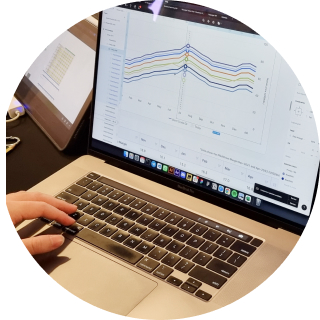
Interface design
A process focusing on the layout and structure of a product to ensure intuitive navigation and clear organisation of elements. It helps create seamless user flows while maintaining brand consistency. Stampede prioritises interface design during the early stages of product development to build a strong foundation for user interactions.
Visual design
This approach focuses on aesthetics—color, typography, and imagery—to create a cohesive and visually engaging product appearance that communicates the brand’s identity. Visual design enhances a product’s appeal and strengthens brand identity. At Stampede, visual design follows interface design, creating a cohesive and engaging experience when using a product.
Interaction design
Interaction design focuses on how users engage with a product, designing interactive elements, animations, and feedback to create meaningful interactions. It improves usability by refining how users navigate through the product. Stampede integrates interaction design in the design process to enhance user experience through intuitive, engaging features.
Proof of concept (PoC)
Our PoC process helps stakeholders visualise and test innovative ideas, ensuring feasibility before moving forward. By collaborating with product owners, we align bold concepts with business objectives, giving them a structured path toward real-world implementation. This process not only validates ideas but also sets the stage for securing funding and stakeholder buy-in.
Design systems and library
Craft and build unified sets of reusable UI components and guidelines to ensure long-term consistency and efficiency.
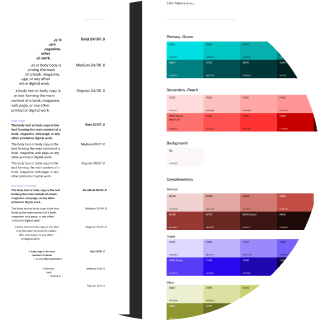
Design and pattern library
A collection of reusable UI design components and visual styles that maintain consistency across a product.
At Stampede, we go beyond just a design and pattern library—we make sure the businesses’ design consistency is followed through by providing a comprehensive design convention for the team’s reference. With compliance to accessibility, the design or pattern libraries are developed at the early stage of UI design to streamline the design processes, ensuring cohesive experiences and simplifying handoffs between designers and developers.
Design system
A comprehensive set of guidelines, components, and standards that govern the design and development of a product. Design systems are created to ensure the scalability, consistency, and efficiency for both design and development, across all touch points, aligning design and development teams for smooth collaboration.
Product design
Collaborate with multiple disciplines and teams to transform ideas into functional solutions that balance user, technical and business needs.
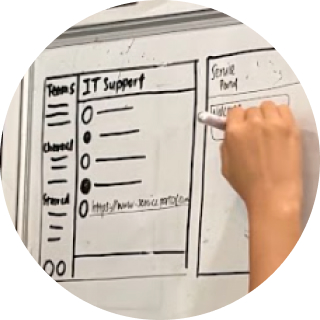
Product strategy
A comprehensive plan that outlines how a product will meet long-term business outcomes with addressing user needs. It goes beyond just setting objectives; it encompasses market positioning, product features, and a roadmap for future growth.
Wireframing
A visual guide representing the skeletal framework of a product’s interface. Wireframes focus on layout and functionality without detailing aesthetics. At Stampede, we call it construction—we start with zoning to ensure the scalability of the design solution. It is done in the beginning stage of designing an interface to outline the content, its structure and navigation before adding visual elements.
Prototyping
A functional UI design model, simulating key interactions and features. At Stampede, we use real, believable data to ensure the design fits the overall user experience. We found this to be useful especially when doing a usability testing. Prototyping is crucial for gathering feedback from actual users and typically occurs just before finalising the UI design, which is then handed over to developers.
Content strategy
A structured plan for creating, delivering, and managing content of a product that is used by the users. We develop content strategies that ensure the right messaging reaches the right audience, driving engagement and supporting the overall product vision.
Content design
The process of crafting and organising content to ensure a clear, accessible, and user-friendly overall product content. It is especially important in enhancing the product usability, ensuring that every of content and information supports the user experience, aligning with the brand’s identity and achieving what business envision for a product.
CLIENT SUCCESS
Our Design Delivery fuels growth for industry leaders
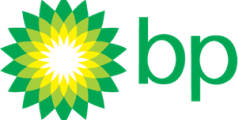
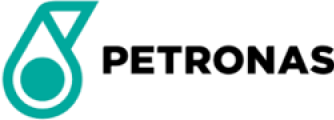
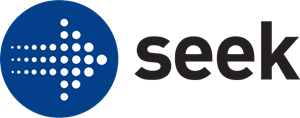
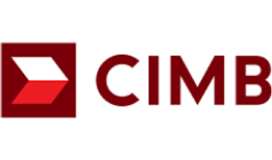

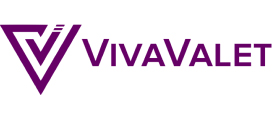
Without Stampede, we wouldn’t have all the products we have now. This team provided a rocket ship for our Apollo mission, launching us beyond creativity’s limit and landing us on the innovation moon.
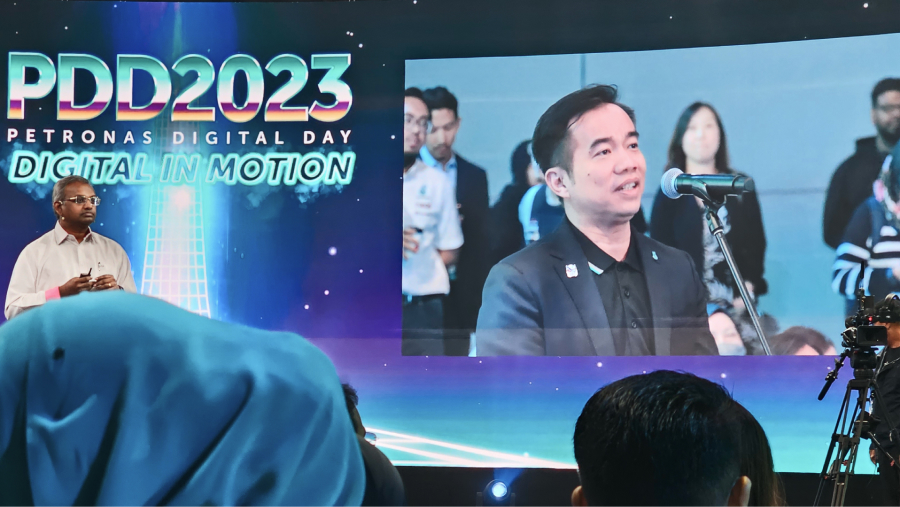
THE STAMPEDE DIFFERENCE
Our thoughts on Design Delivery
“Great design is not just about solving problems, but creating experiences that foster trust and loyalty.”
Effective design collaboration with developers
Learn how to design with development in mind. We have tips on collaborating with developers, understanding platform limits, and creating reusable UI components.
Guidance on designing products efficiently
Ever wonder what it takes to create valuable products? Learn how to recruit the right users, iterate fast, and ship the right features for success!
The power of paying attention to the details
Learn how even the smallest design choices can significantly impact user experience. This blog highlights the importance of thoughtful details in creating truly effective designs.
CONSIDERATIONS
Essential questions when delivering good design
Design delivery can raise important questions around scalability, innovation, and alignment with business goals. At Stampede, we address these challenges by providing solutions that balance creativity with functionality, ensuring your designs are future-proof, efficient, and impactful at every step.
What makes product design different from interface design?
Product design encompasses the broader structure and functionality of a product, focusing on how it meets both user needs and business goals. It involves feature development, user flows, and the overall product strategy. Interface design, on the other hand, deals with the product’s visual layout and elements that users interact with directly, like buttons and navigation. While product design sets the foundation for the solution, interface design ensures users can seamlessly interact with it.
How does Stampede ensure scalability and future-proofing in design delivery?
At Stampede, we design with the long-term goals in mind. We collaborate closely with key stakeholders to understand their business objectives, ensuring that the design supports not only immediate needs but also future growth, even 5 to 10 years ahead. Our designers craft solutions aligned with the business’s evolving vision, working closely with product owners to ensure the design adapts seamlessly as the product and market evolve. This proactive approach ensures scalability and future-proofing in every project.
What are the key considerations for scaling design delivery across global teams?
We prioritise consistency by establishing a design system and convention, ensuring that everyone works in the same direction regardless of where they are in location. We leverage collaboration tools to maintain good communication and adaptability, allowing us to account for cultural differences while designing globally. Thorough documentation and standardised workflows are key for keeping everyone aligned, and we implement regular feedback loops to foster continuous communication and address challenges early.
How does Stampede balance design innovation with operational efficiency?
Stampede balances design innovation with operational efficiency by combining creativity with practical execution from the start. We begin by exploring new ideas and pushing boundaries, but we keep feasibility in check by collaborating closely with the development team. This approach ensures that our innovative concepts are realistic and can be implemented smoothly, minimising the need for rework and keeping the process efficient.
We also ensure that our designs are always aligned with the business’s long-term goals, allowing them to evolve alongside changing user needs without losing sight of operational constraints.
What are the benefits of incorporating a design system into delivery?
A design system ensures consistency across all products, simplifying collaboration between teams and speeding up both design and development processes. It standardises components and patterns, reducing repetitive work and enabling quick and easy updates. This results in faster time-to-market, lower development costs, and a unified brand presence. For businesses, it means scalable, efficient design processes that maintain quality while adapting to growth and future needs.
How does Stampede evaluate a successful design delivery?
A successful design for business is measured by its alignment with strategic goals and its ability to drive key outcomes. We evaluate how well the design supports business objectives, such as increasing conversions, enhancing customer retention, or improving operational efficiency. Performance metrics, like task completion rates and engagement levels, are tracked to ensure that the design not only meets visual standards but also delivers measurable business value. We often conduct usability or product testing too to make sure we get qualitative insights to the product; whether it is for validating the successfulness of the product, or to gain opportunities for future improvement.
Ready to unlock smarter, customer-centred growth?
Reach out today to see how we can support your discovery process.
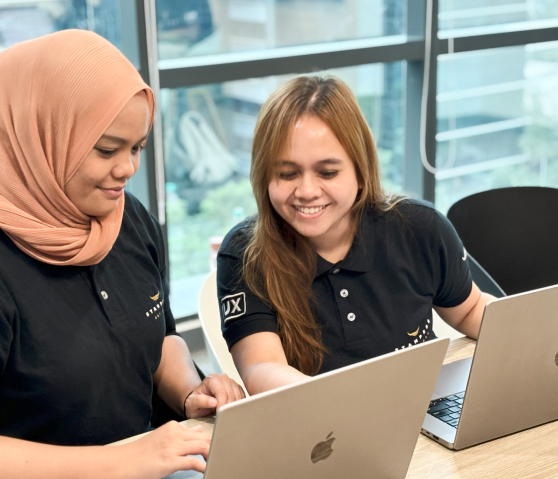
OUR SERVICES
Discovery
Identifying actionable insights and strategic opportunities to inform confident strategies.
Design Delivery
Crafting intuitive, visually stunning and user-validated designs.
Development Delivery
Building robust, reliable and high performing applications that deliver value.
Capability + Transformation
Enabling organisational growth through training and strategic initiatives.

